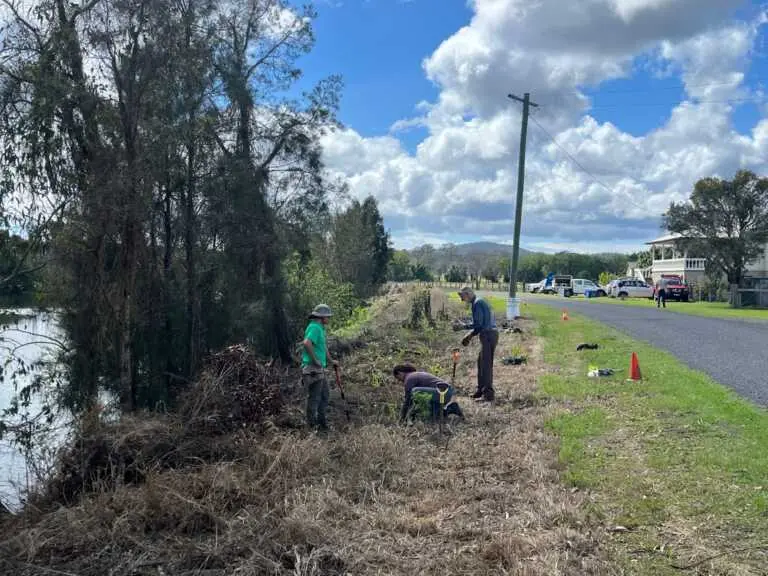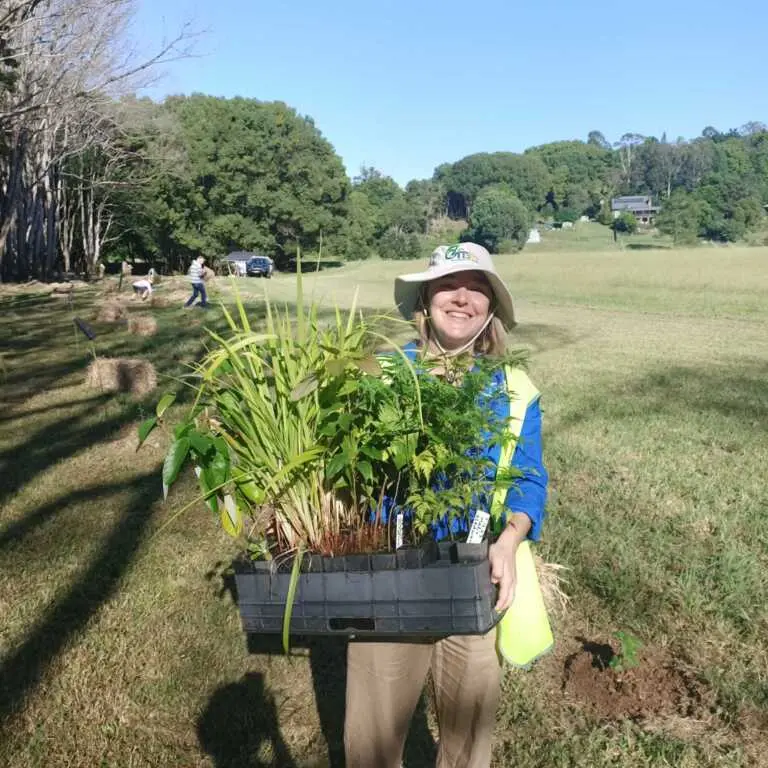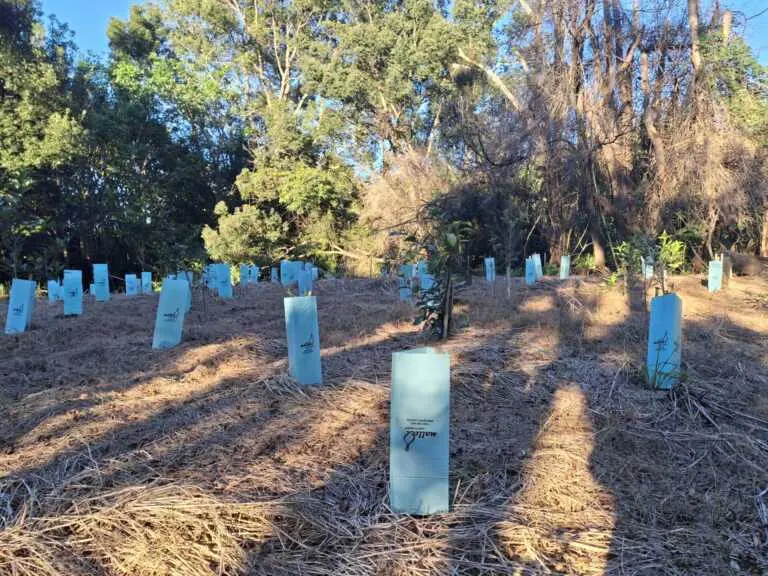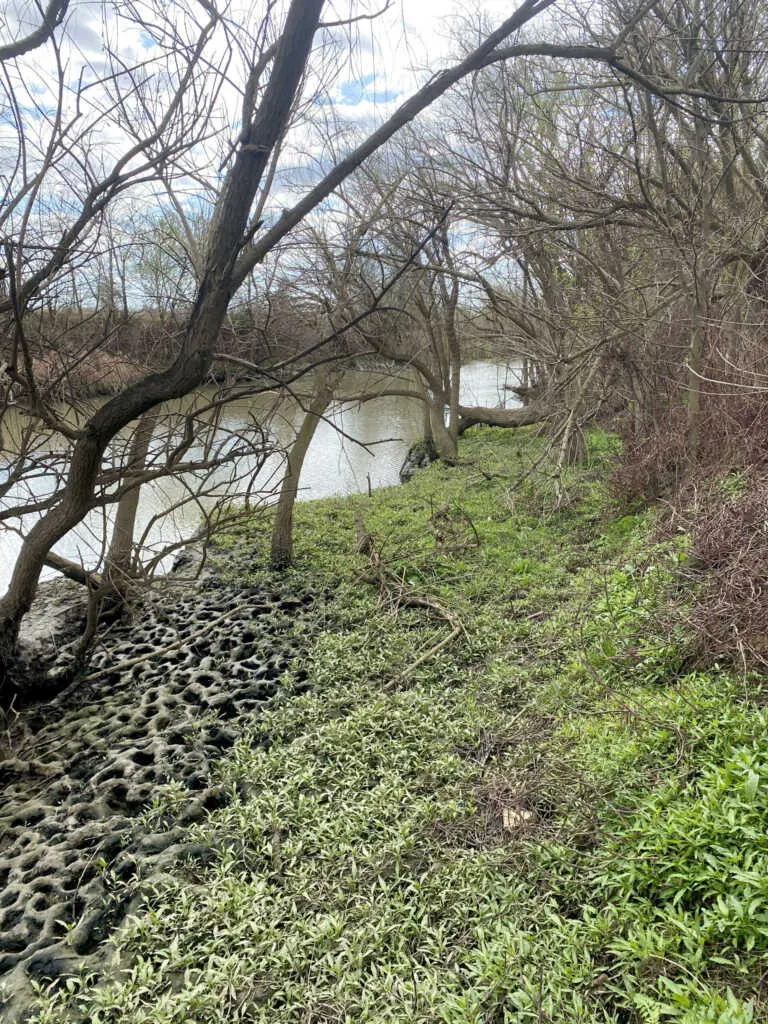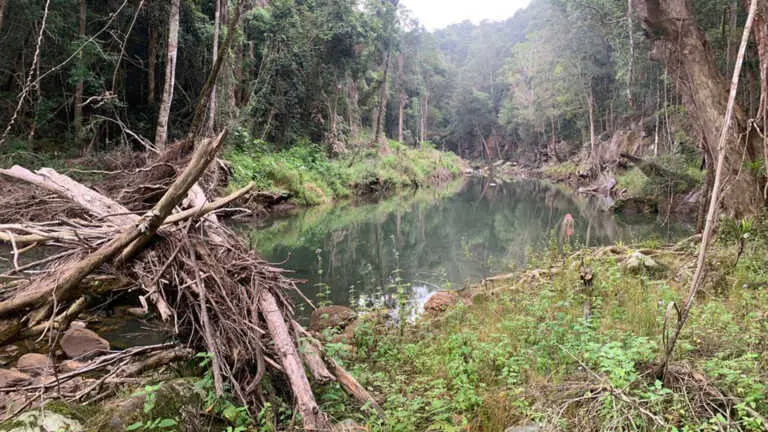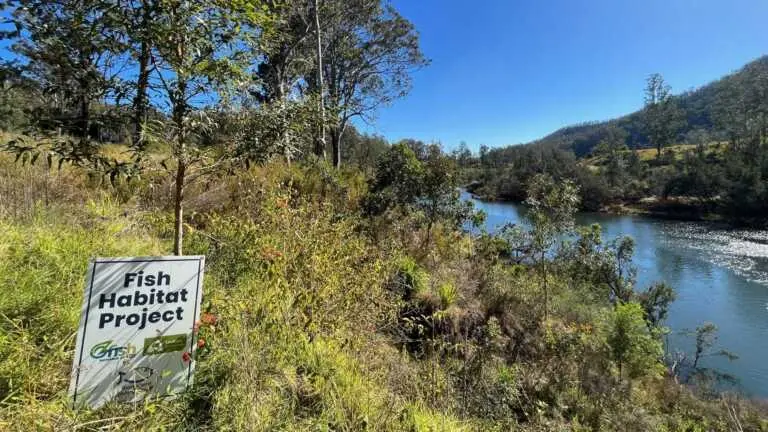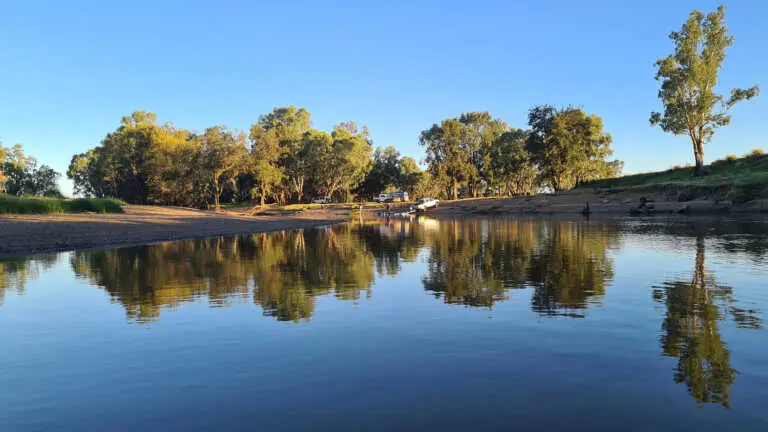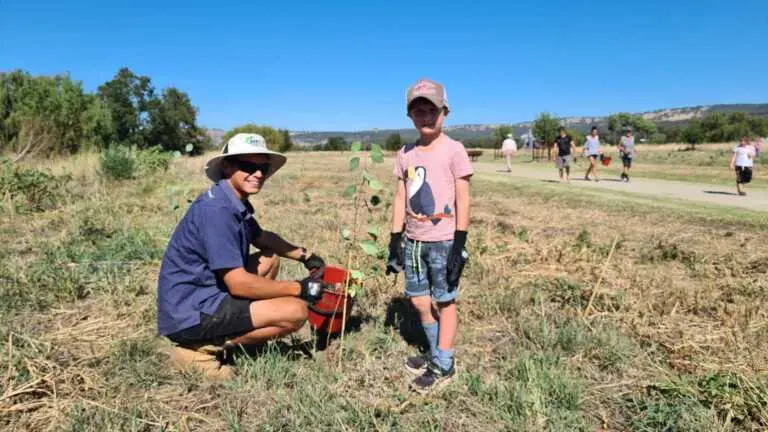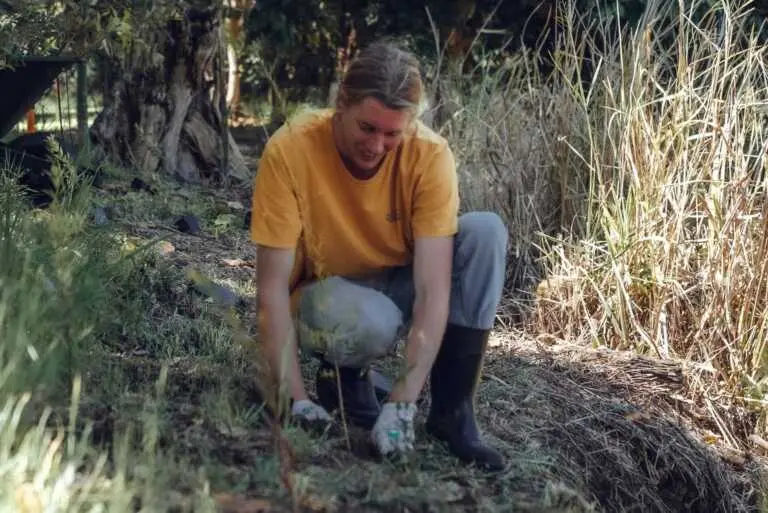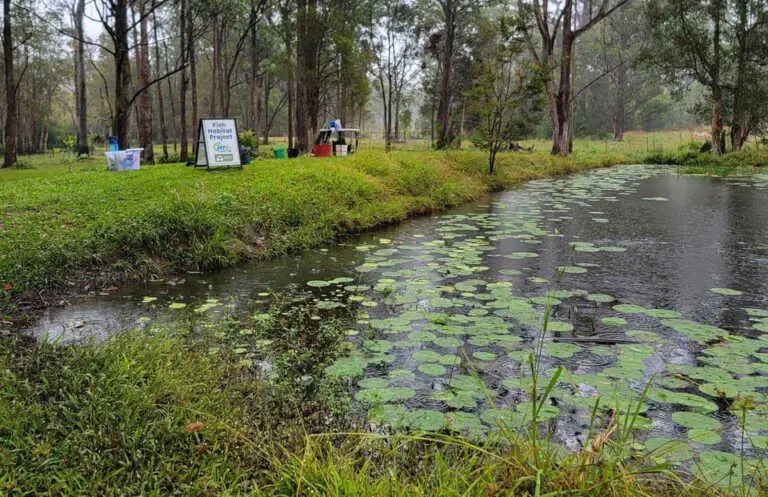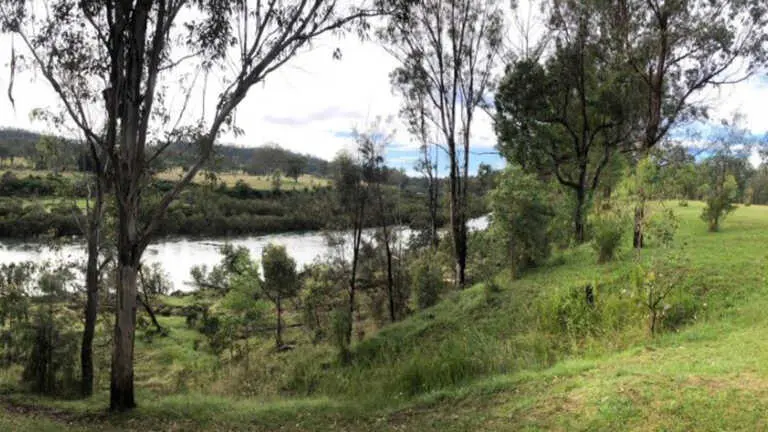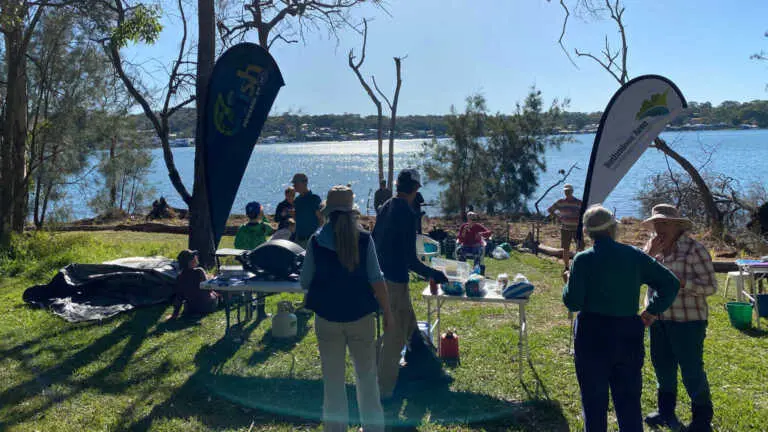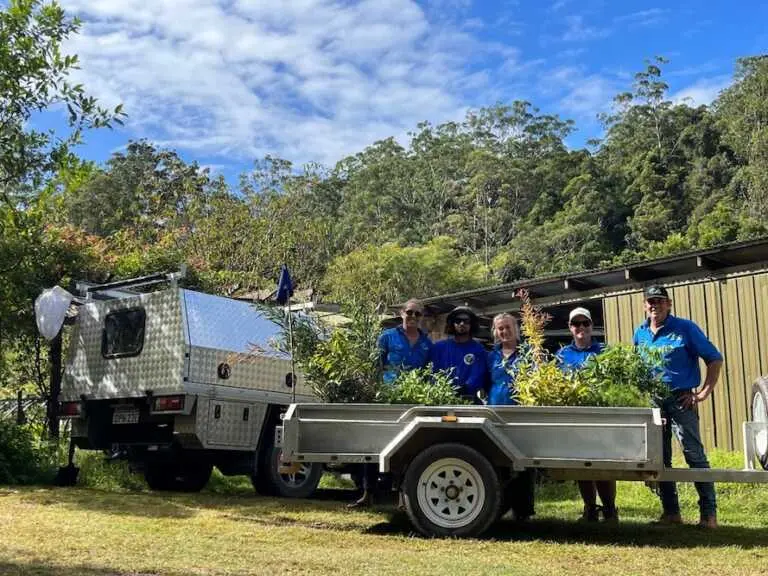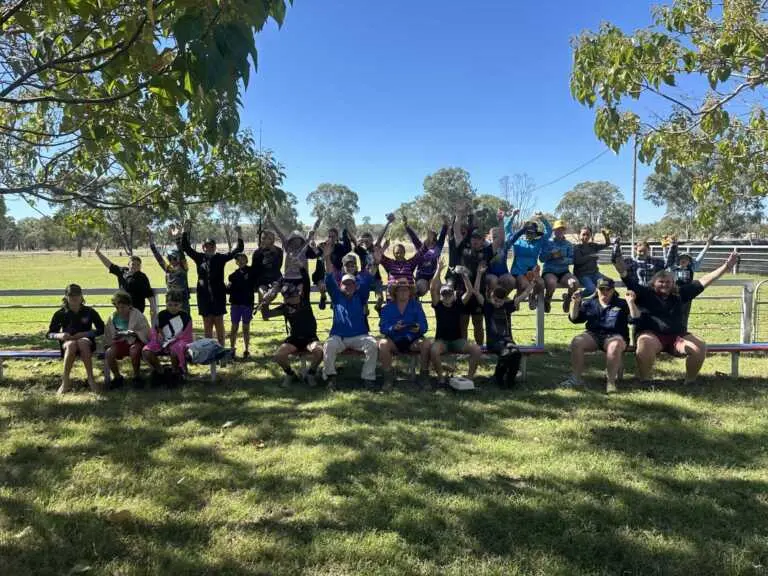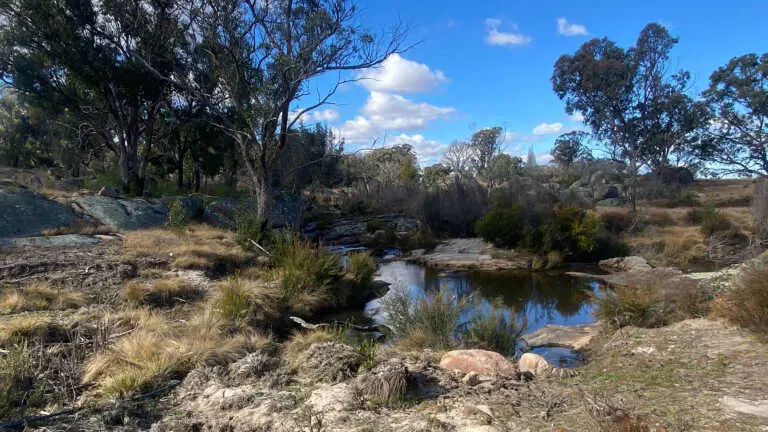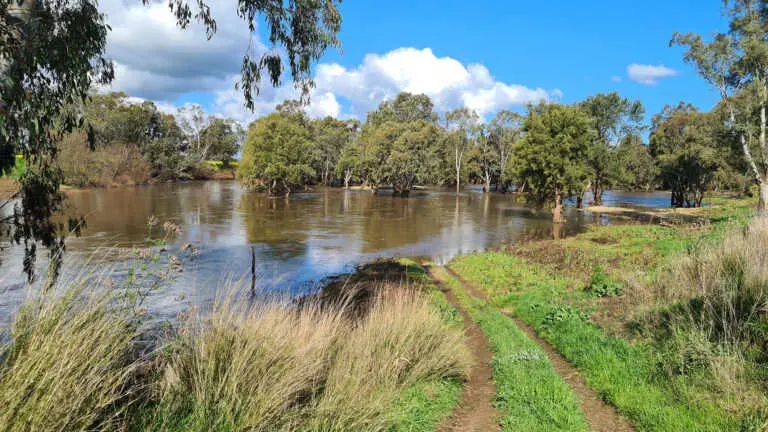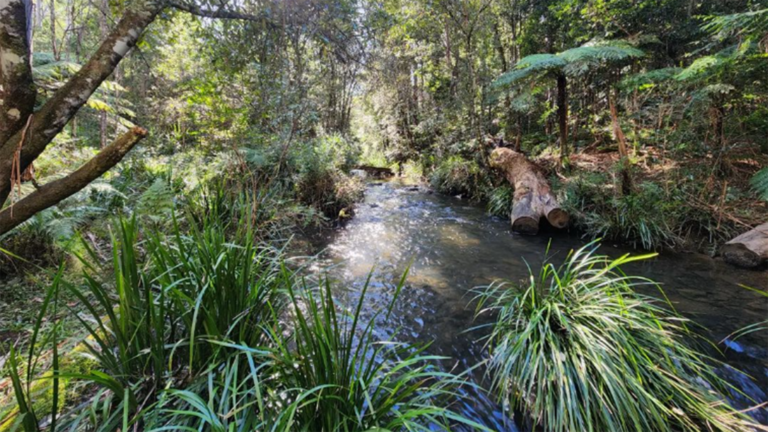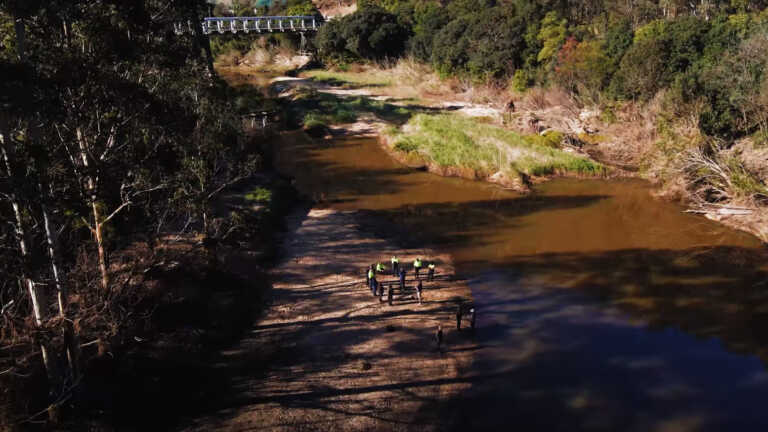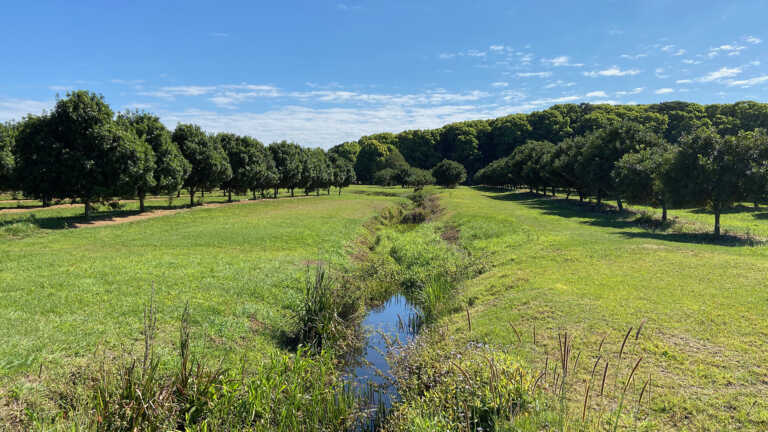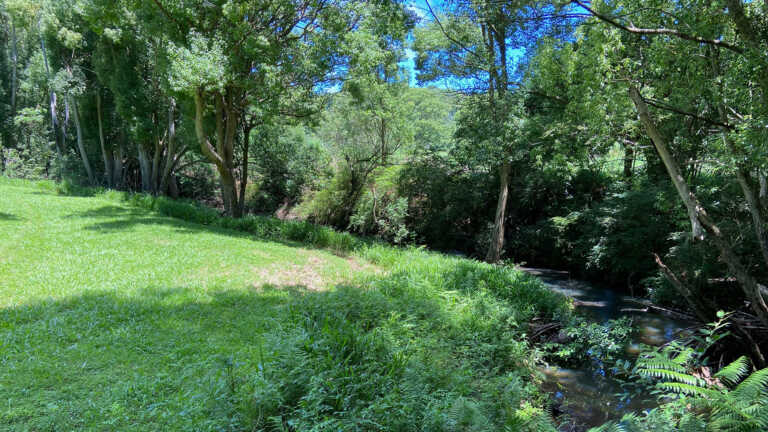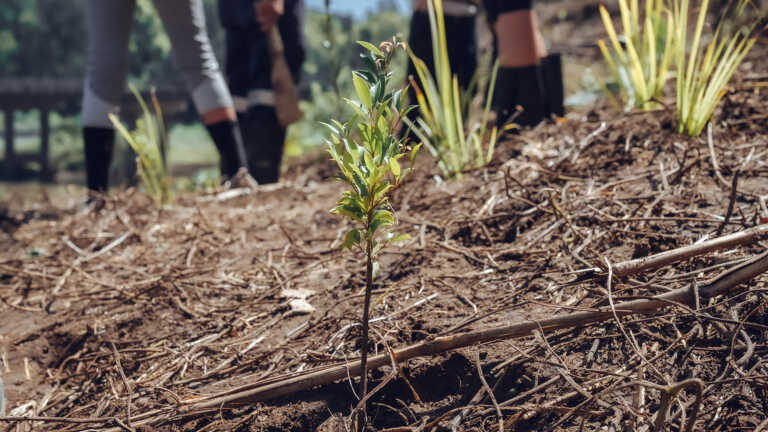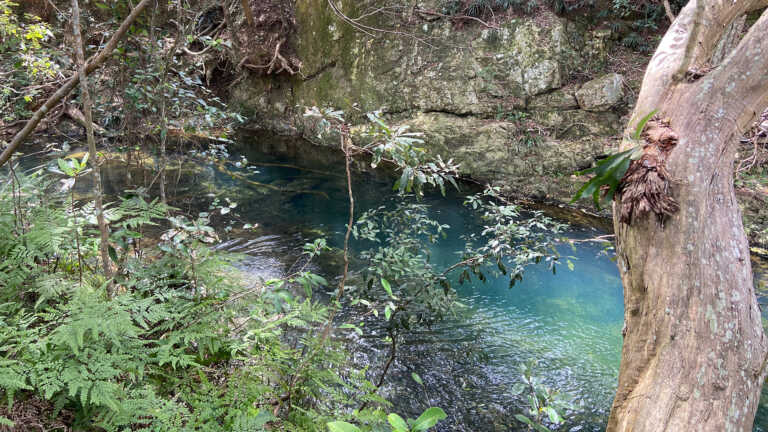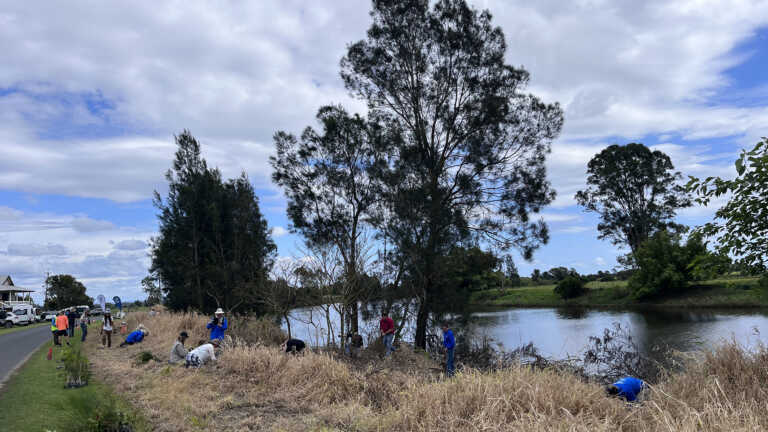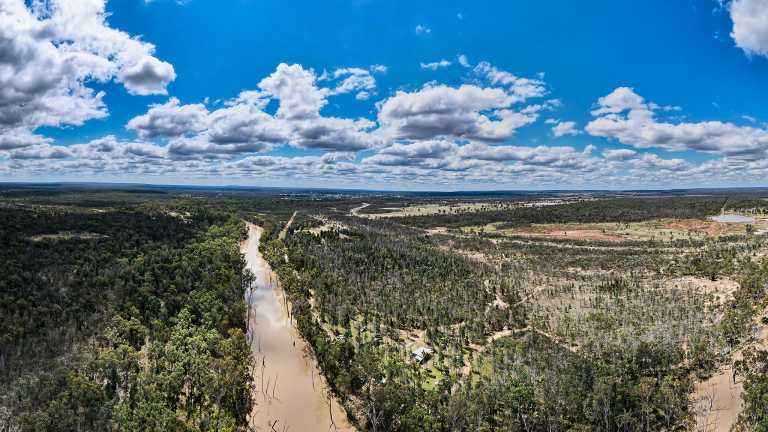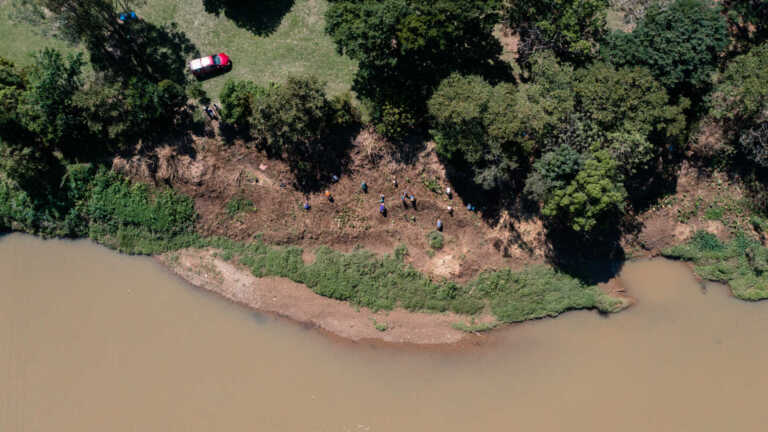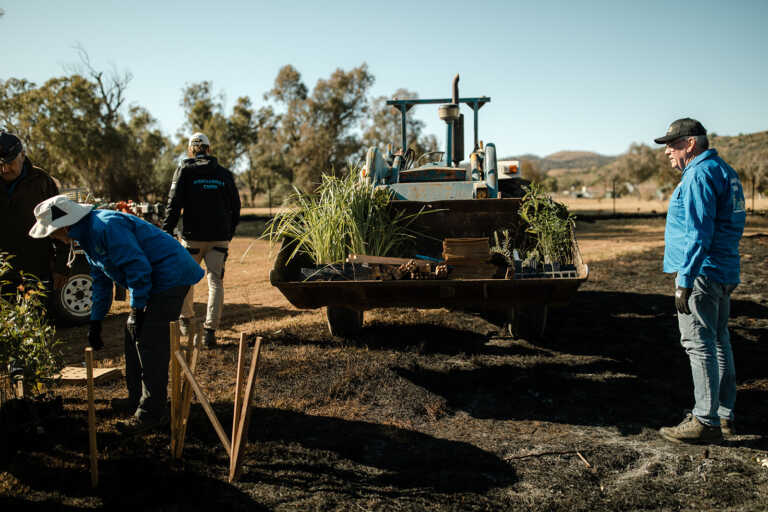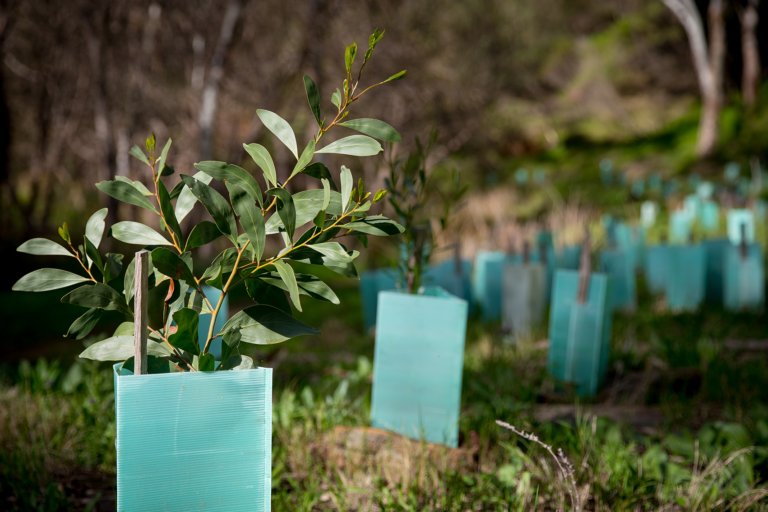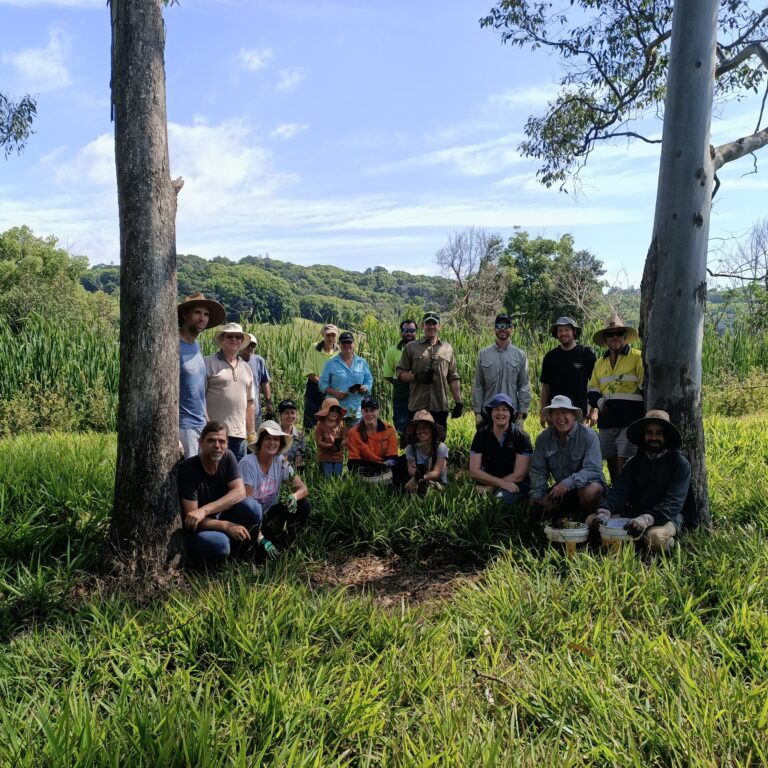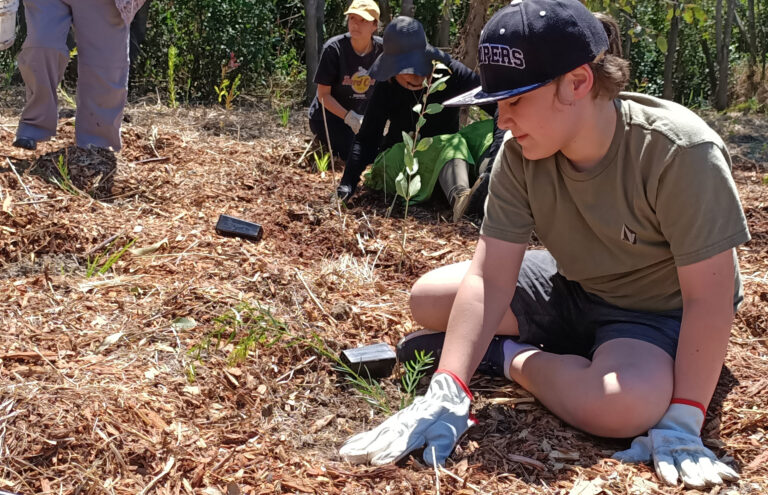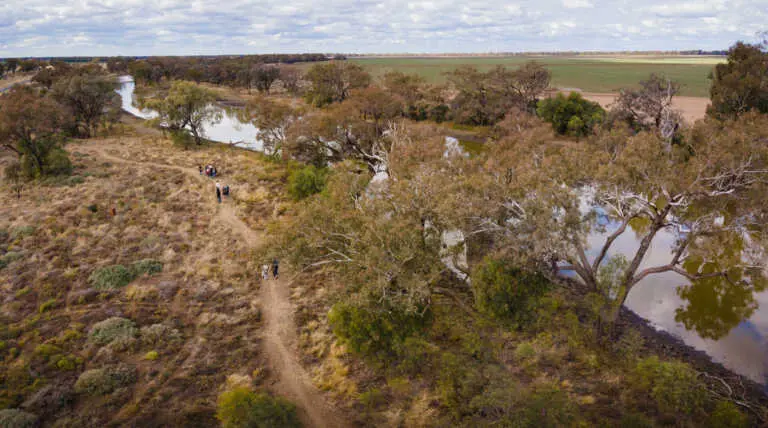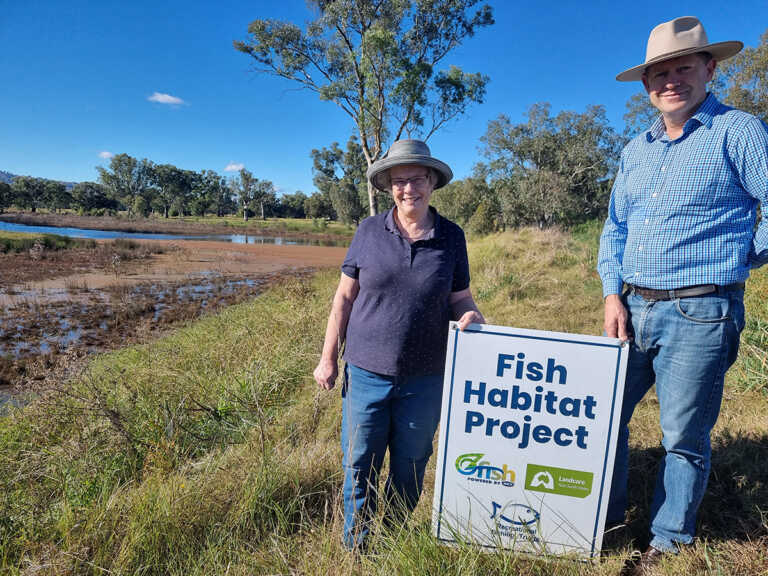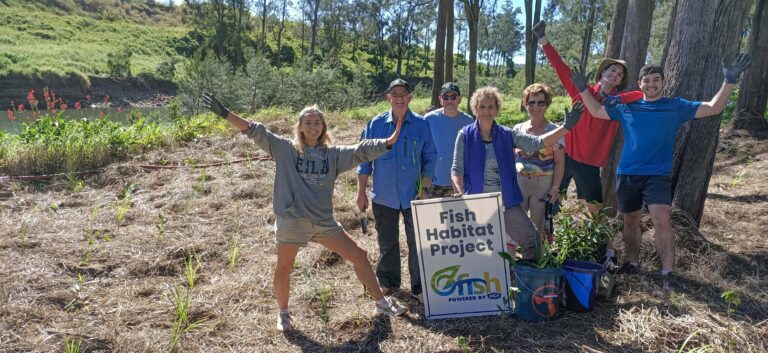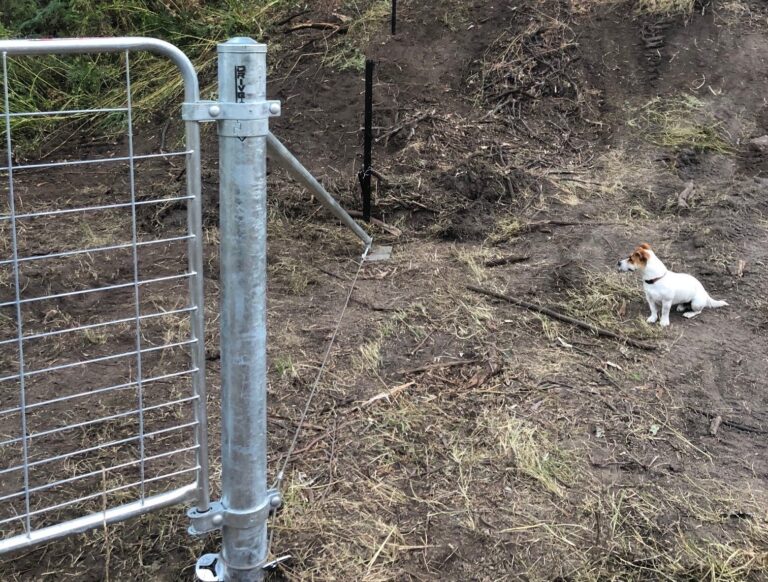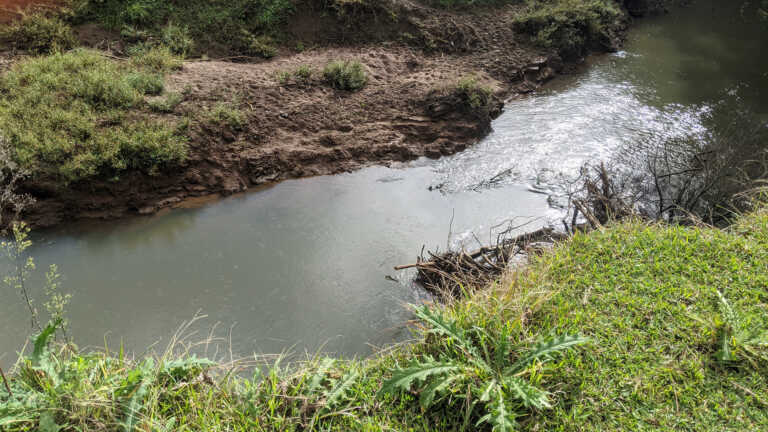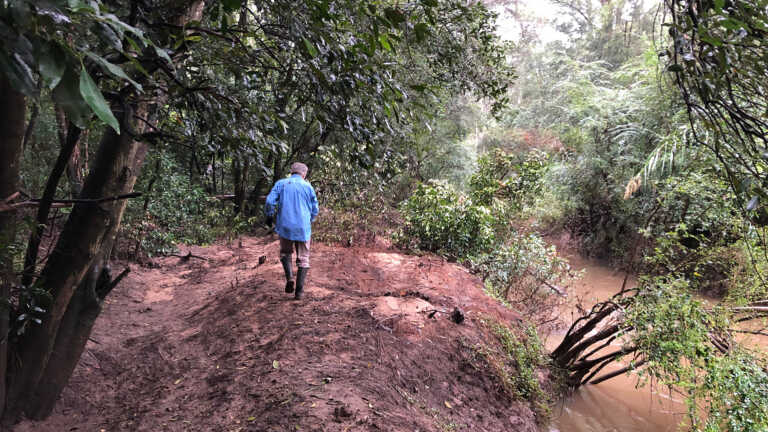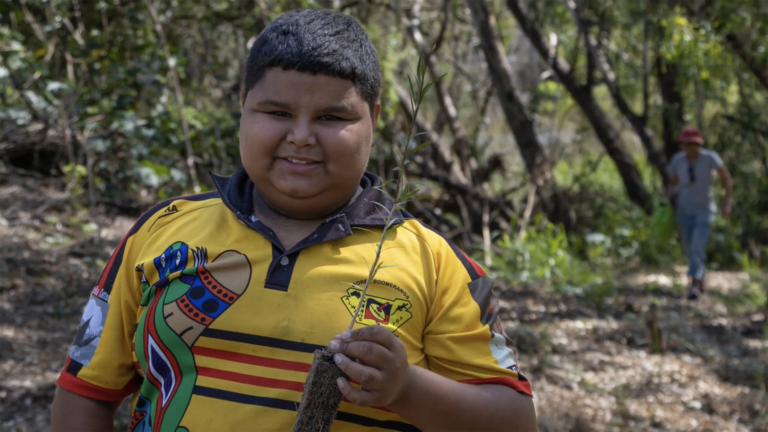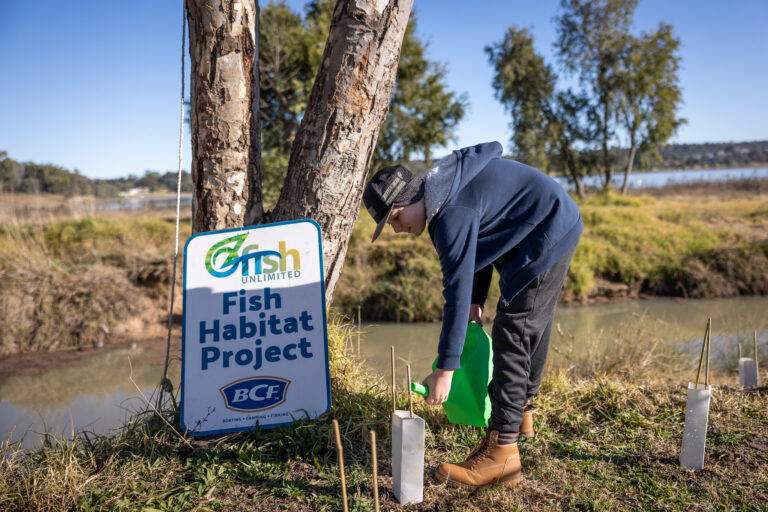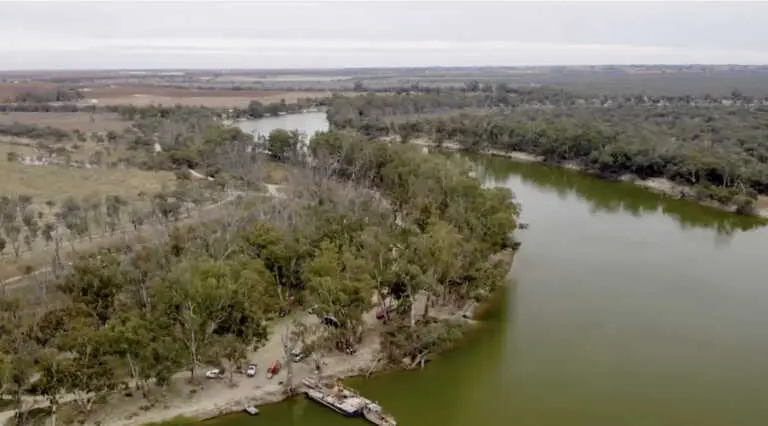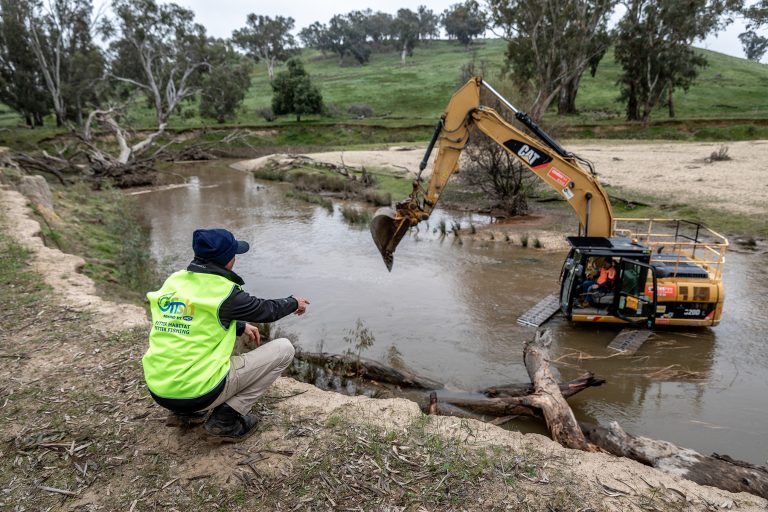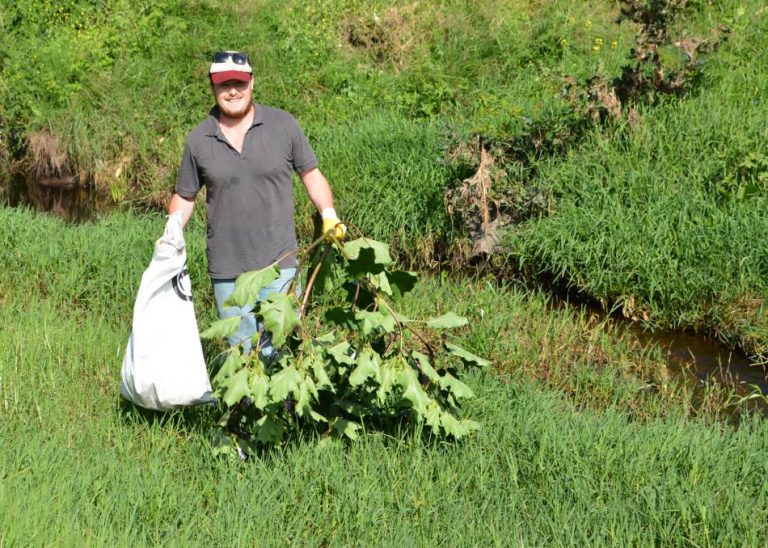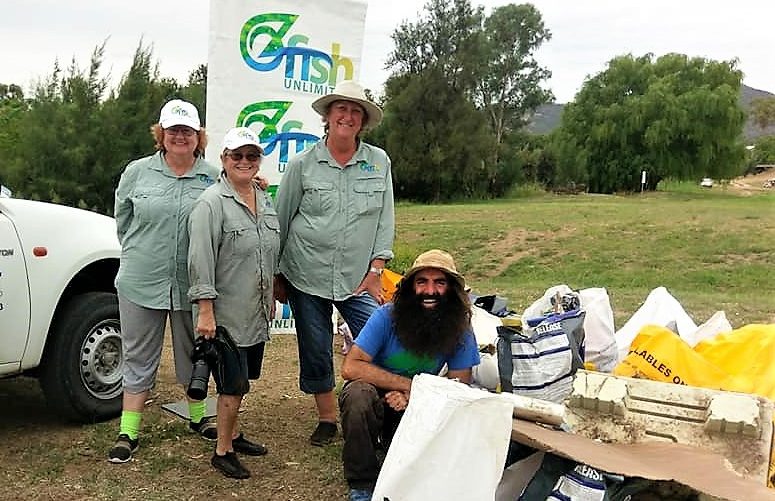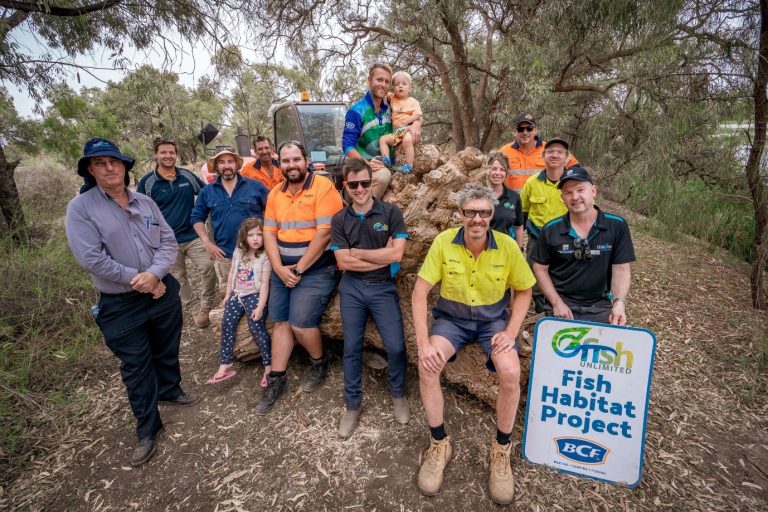The area bordering waterways, such as riverbanks, is known as the ‘riparian zone’. The presence of native trees and vegetation in this zone is important to the stability of the riverbank, water quality and native fish populations.
OzFish delivers many riparian restoration projects across Australia – working with local communities and organisations to create healthy habitats and lasting legacies.
Projects
Coldstream River – Stage 2, NSW
Maguires Creek, NSW 2024
Burringbar Creek, NSW 2024
Clarence River, NSW 2024
South Creek, NSW 2024
Rocky Creek, NSW 2023
Nymboida River, NSW 2024
Wambuul-Macquarie River NSW 2023
Talbragar River, NSW 2023
Nepean River, NSW 2023
Hunter River , NSW 2023
Bonville Creek, NSW 2023
Nymboida River, NSW 2023
Styles Point, NSW 2023
Sherwood Creek, NSW 2023
Clyde River, NSW 2023
Regional Youth Investment Program
Gwydir River, NSW 2022
Washpool Creek, NSW 2023
Murray Sunset National Park Restoration, 2023
Oolong Creek, NSW 2023
Blicks River, NSW 2022
Coolah restoration project
St Albans, NSW 2022
Midgen Flat, NSW 2022
Skinners Creek, NSW 2022
Upper Wilsons River, NSW 2022
Wilsons River, NSW 2022
Cedar Brush Creek, NSW 2022
Upper Orara, NSW 2022
Coldstream River, NSW 2022
Karingal Reserve, NSW 2022
Oxley River (Tweed), NSW
Upper Horton River, NSW
Goonoo Goonoo Creek, NSW
Emigrant Creek, NSW
Tenterfield Creek, NSW
Logan River, QLD
Whittaker’s Lagoon, NSW
Horden’s Lagoon, Lake Hume NSW
Barrs Scrub Fish Habitat Restoration, Coomera River, QLD
Timbarra River and Sheepyard Creek NSW
Coopers Creek, NSW
Cattai Creek, NSW
Mehi River, NSW
Lake Albert, Wagga Wagga, NSW
Wambuul Macquarie, NSW
Bottle Bend, Mildura, NSW
Tarcutta Creek, NSW
Tenterfield Creek Restoration Project
Heal the Peel
Kings Billabong, Mildura VIC
Butlers Creek, Mildura VIC

Why are native trees so important to the health of rivers?
Native trees have root structures that either bore down or spread out, creating intricate and strong foundations that help maintain the structural integrity of riverbanks. Without roots anchoring the bank together, it is more likely to collapse.
Eroding banks cause significant negative impacts on fish habitat, including removing overhanging vegetation that provides food and shade to fish in the river. The sediment they create also smothers snags and shelter spots, as well as causing water quality issues.
Riparian zones are sometimes referred to as biofilters, as they remove excess nutrients, pollution and sediment from water before it enters the river. An excess amount of nutrients can result in the growth of algae and algal bloom, which takes oxygen away from fish.
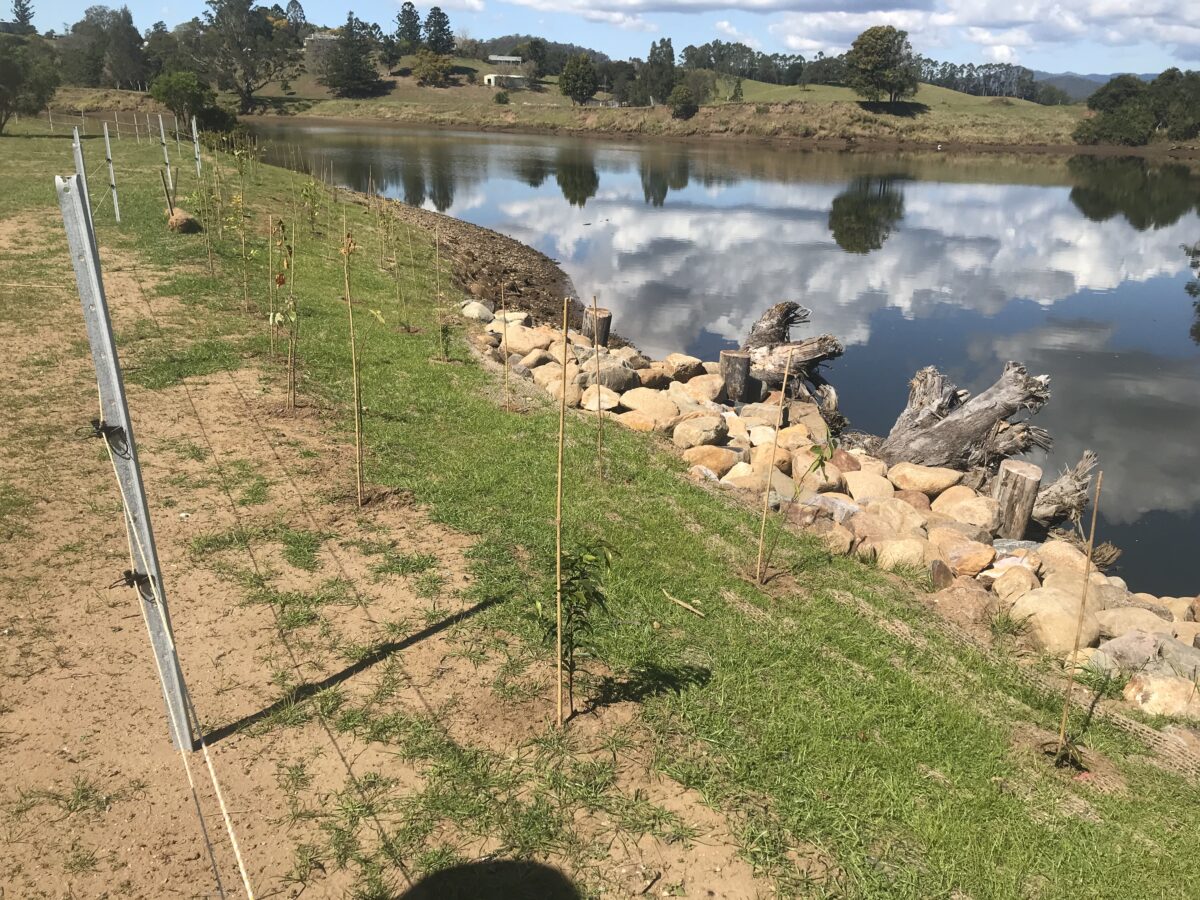
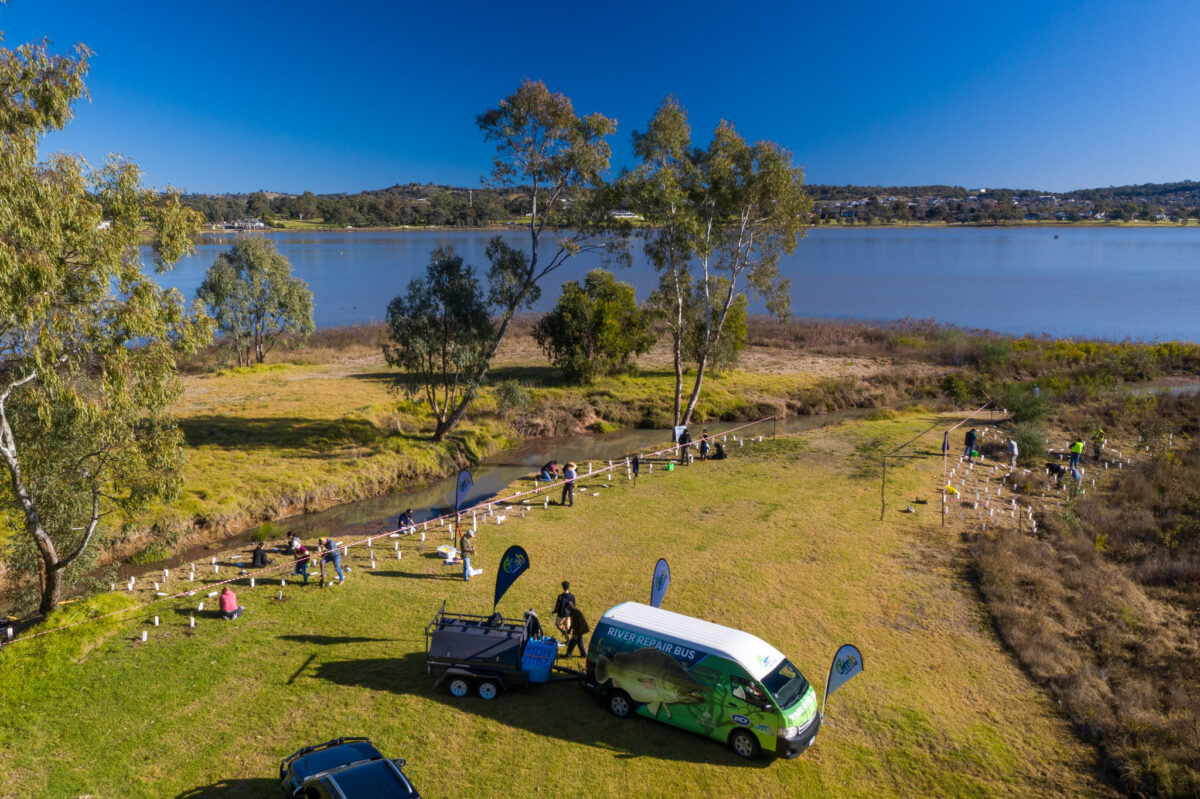
Trees bordering rivers also provide an important source of food and shelter for fish.
They create shade corridors, enabling the fish to move more freely for activities such as mating, and insects that drop from overhanging branches provide food.
OzFish is also involved in the removal of invasive weeds and vegetation, before replacing them with native trees and plants. Invasive species can be very harmful to an area, including contributing to drought by absorbing more water than the area can sustain to lose.
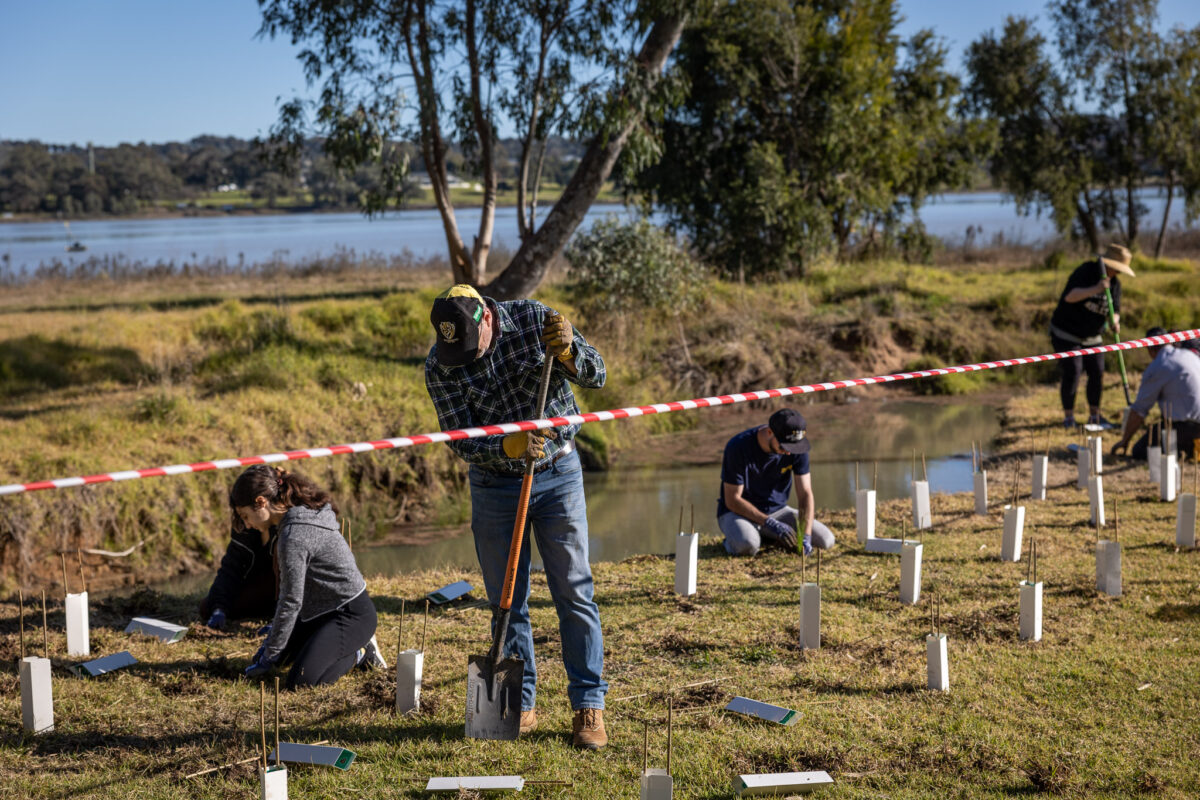
Volunteer with Us
Join our community of volunteers who share our determination to restore fish habitat across Australia.
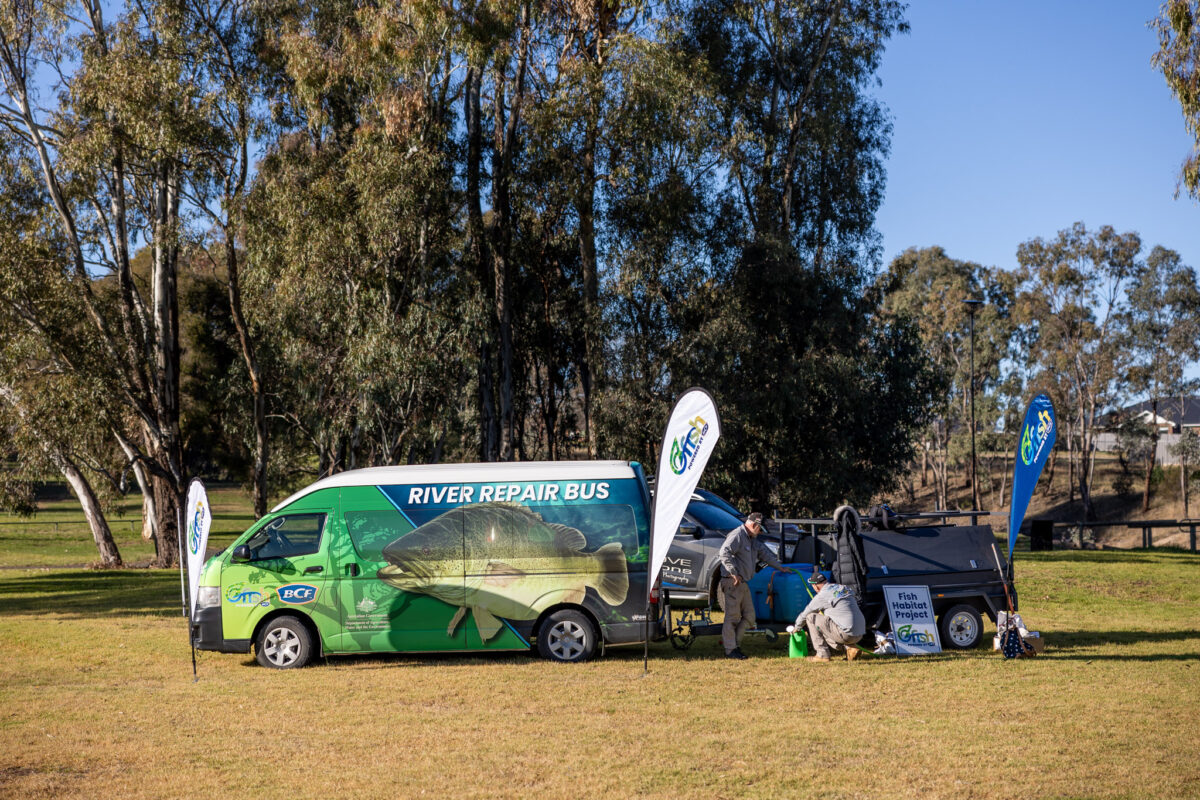
Make a Donation
Donate today to support our mission to restore our inland waterways through community-driven participation and ownership.
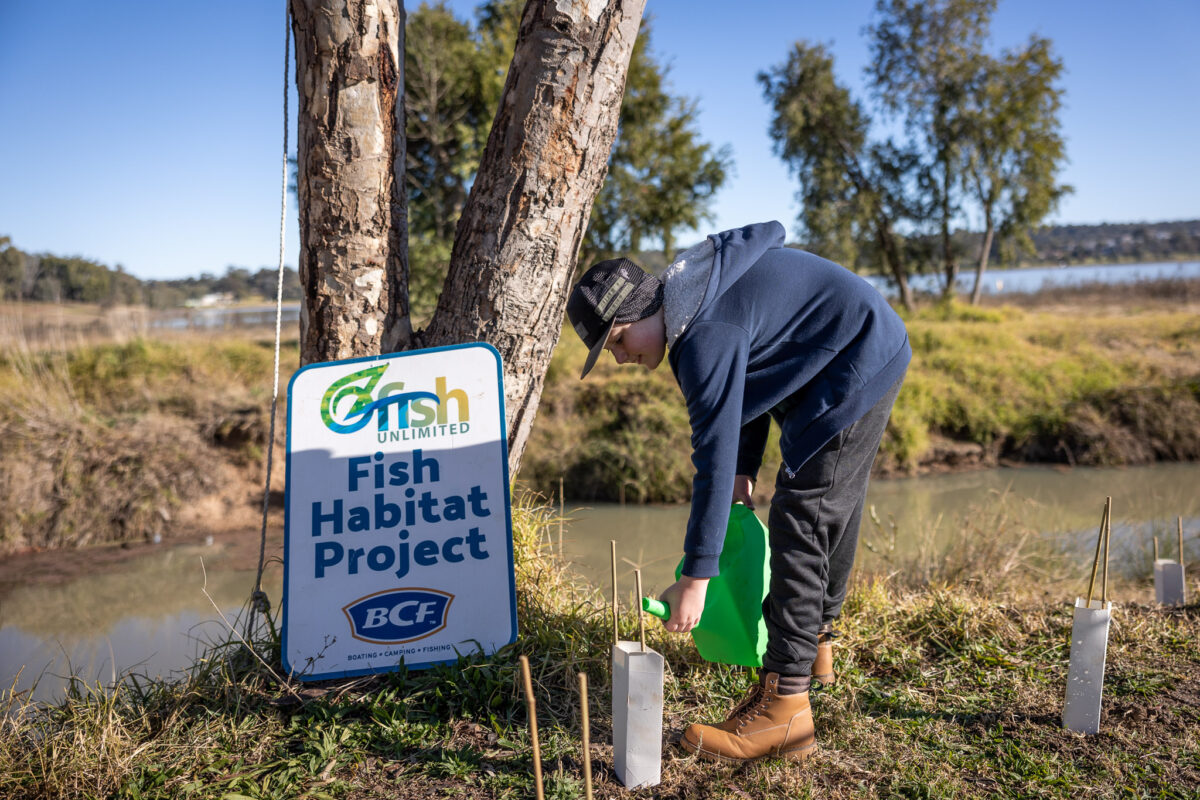
Become a Member
Help us raise funds for our restoration initiatives by becoming an OzFish member today. Learn more about member benefits!
We all have a role to play
There are many factors that contribute to the damage of riparian zones, many of them caused by humans. This includes grazing and trampling by livestock, gravel extraction for use in construction, and the creation of paths close to the riverbank, that result in native vegetation being removed.
So, please get involved in one of our many ‘Trees for Fish’ projects across Australia. By volunteering for a few hours and planting some trees, you’ll be doing your bit to combat erosion of the riverbank, provide food and shelter for native fish, and ensure that the future of fishing in your area is sustainable.
Strong, stable and healthy riverbanks provide better access to the water. Water which will be of better quality and home to more fish.


